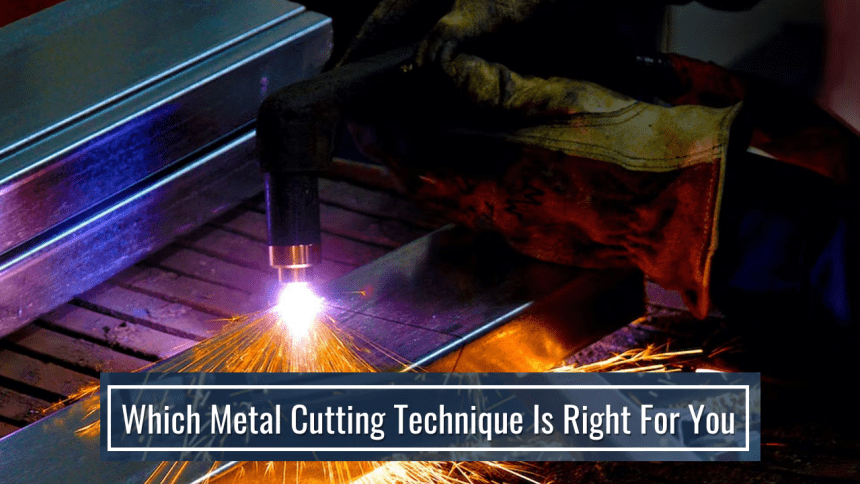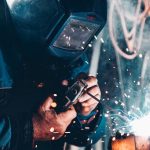There are many different types of metal, and they all respond to pressure in different ways. Therefore, the phrase “metal” is not all-inclusive. You can cut metal in a variety of ways. These methods do not all cut metal equally and are not all created equal.
Metal is a crucial component of numerous industries. Doing it alone can be challenging if you haven’t worked with cutting or bending metal. Learning how to cut and shape metal on your own is impossible. However, there are a few methods you can take on tiny metal-cutting projects by yourself.
CUTTING METAL ON YOUR OWN
Consider cutting metal to the required shape and size with hand shears or a hacksaw for smaller jobs. These handheld tools work best in small-scale applications using malleable and flexible metals. To prevent harm, you should be cautious when using power tools; if they can cut through metal, they can injure you.
Trying to get those results by hand is not advised if your project calls for minutely detailed design work or incredibly tiny elements. You’ll likely end up wasting and damaging your metal.
Learn efficient metal cutting techniques.
021208.com
THE VARIOUS TYPES OF METAL-CUTTING EQUIPMENT
You will require a metal cutting machine for larger and more complex jobs. These machines can operate with various materials in different shapes and thicknesses.
OXY-FUEL
Because it is economical and can cut through steel with thicknesses ranging from 0.5mm to 250mm, oxy-fuel cutting is a chemical reaction frequently used to shave steel. It operates by heating the metal to its ignition temperature and piercing and chopping it with pure oxygen. The quality of the oxygen used significantly impacts cutting speed and edge quality.
PLASMA
All electrically conductive metals can be sliced using plasma. Aluminum is between 14″ and 2″ thick, and carbon and stainless steel work best. In plasma cutting, oxygen is pumped via a nozzle while an electrical arc is transmitted through the gas, heating it to the point where it melts the metal.
WATERJET
Most materials, not just metal, can be cut with high-pressure water jets. They function by eroding the material’s surface with a stream of water moving rapidly. The waterjet can cut through any metal up to 5″ thick by incorporating various types of abrasives substance into the stream of water. They don’t need any additional finishing and are quite accurate and precise. The finished product has no heat-affected zones or distortions because waterjets employ water and are occasionally abrasive. Not surprisingly, waterjets are one of the most widely used techniques for cutting metal because they are quicker, less expensive, and produce edges of superior quality.
Oxy-fuel, plasma, waterjet, laser, grinding, or lathe methods. Consider metal type, thickness, and precision needs.
021208.com
LASER
Metals thinner than 14″ non-reflective are easily sliced using laser cutting devices. However, the more potent CO2 and fiber lasers can work with thicker and more reflective surfaces. A hot light beam is focused onto the material’s surface to be cut for laser cutting to take place. This cutting technique produces virtually exact tolerances but can also heat damage and deform the finished product, necessitating some further metal surface finishing.
GRINDING
The metal is simply given a smooth surface using a grinding machine. It wears down and levels the metal with a spinning blade or an abrasive wheel.
LATHE
Knife cutting on a lathe machine involves rotating a piece of material against a cutting tool to achieve the required form. The metal will be stripped away layer by layer throughout this procedure, often referred to as turning, until the desired outcome is obtained.
SELECTING THE CORRECT OPTION
There are a lot of choices to be made because there are so many different ways to cut metal. Consider the type and thickness of your metal, accuracy and precision standards, the need for specialized tools, your budget, and available floor space. These metal cutting tools can occupy much room in your workshop and call for extremely precise safety precautions to guarantee no one is hurt while the metal is being worked.












